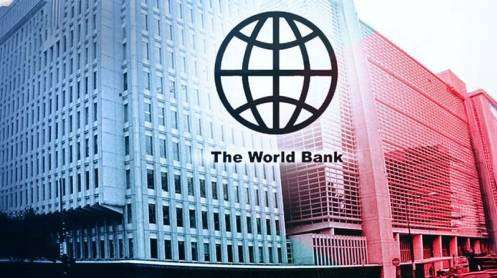ISLAMABAD: A new World Bank policy research working paper has found that Pakistan’s actual level of urbanisation stands at nearly 88 per cent, significantly higher than the 39 per cent reported in official statistics.
Titled “When Does a Village Become a Town?: Revisiting Pakistan’s Urbanisation Using Satellite Data”, the study employs satellite imagery and the Degree of Urbanisation (DoU) methodology to assess population density and settlement patterns. It concludes that Pakistan’s urban population is almost twice the size reflected in administrative data, which only accounts for major cities and ignores peri-urban and secondary urban centres.
According to the analysis, 46 per cent of the population lives in high-density cities, while 42 per cent resides in moderately dense urban areas. The study highlights that secondary cities and peri-urban zones, rather than megacities like Karachi and Lahore, are the main drivers of Pakistan’s recent urban growth — yet these areas are systematically overlooked in official classifications.
This misclassification, the report warns, has far-reaching implications for fiscal policy, urban planning, and service delivery. It leads to lower property tax revenues, inadequate infrastructure planning, and distorted socioeconomic indicators that mask the real extent of urban-rural disparities.
The World Bank notes that Pakistan’s last accurate urban classification, based on population density and infrastructure, dates back to 1972. Since then, the responsibility has shifted to provincial and municipal bodies that often rely on administrative or political criteria rather than objective data — and are not required to revise boundaries periodically.
Provincial discrepancies are striking: while official data show Islamabad as 47 per cent urban, the DoU method indicates 90 per cent. In Khyber Pakhtunkhwa, the true urban population is nearly three times the official figure of 15 per cent. Similar mismatches exist across other provinces, reflecting Pakistan’s rapid and largely unrecognised transformation into a predominantly urban society.
The report concludes that Pakistan’s urban landscape has evolved dramatically over the past two decades, with millions moving away from agriculture into emerging urban centres — a shift that demands evidence-based urban policies and a comprehensive redefinition of what constitutes “urban” in the country.
Story by Amin Ahmed







